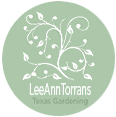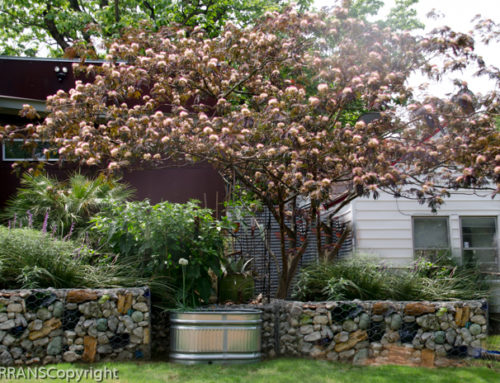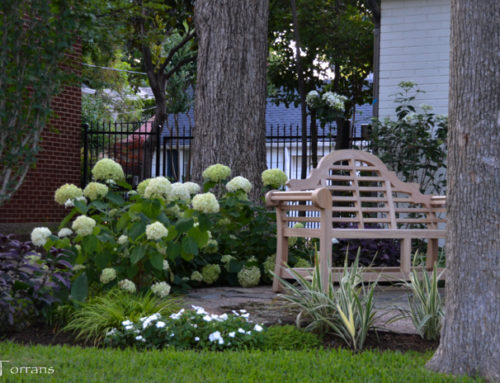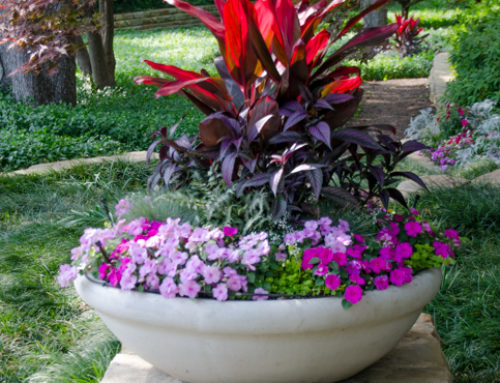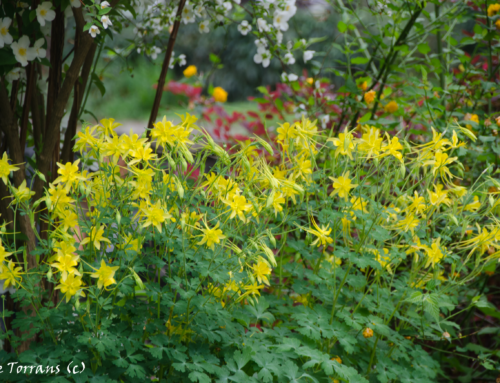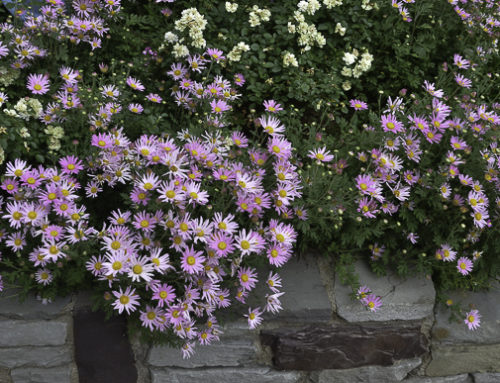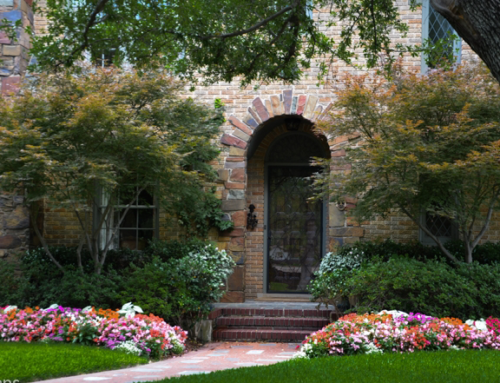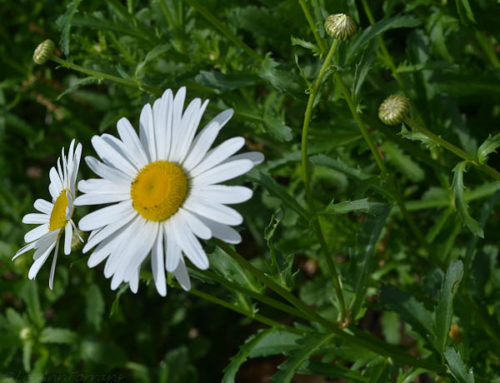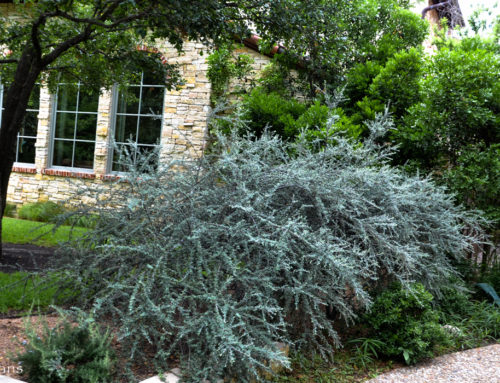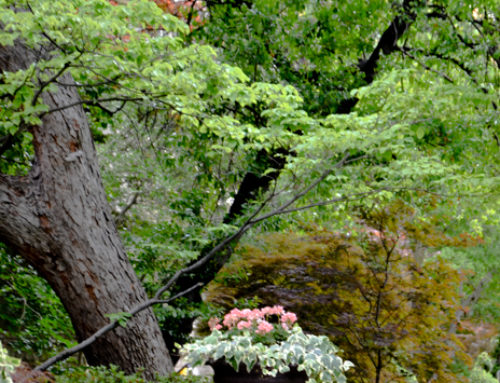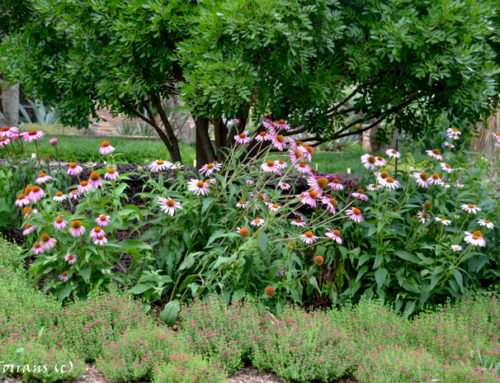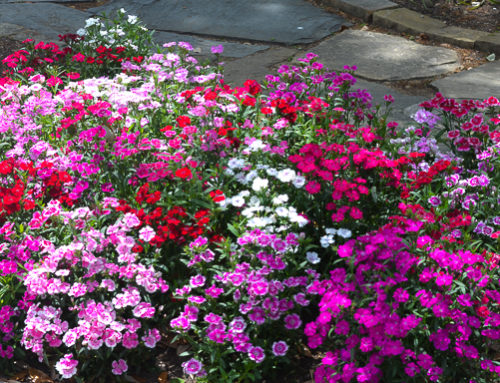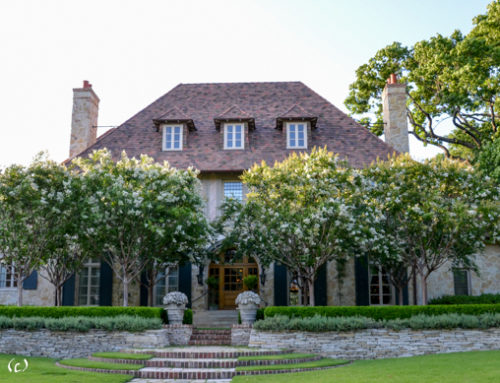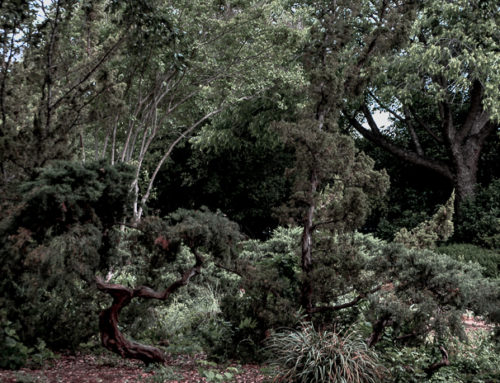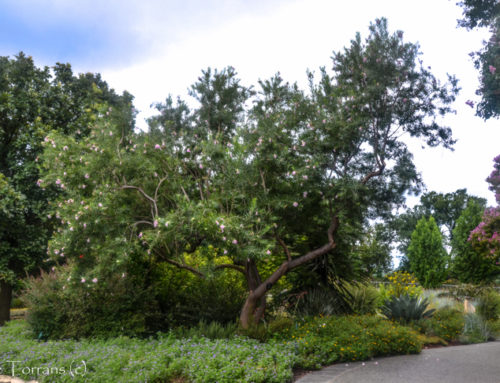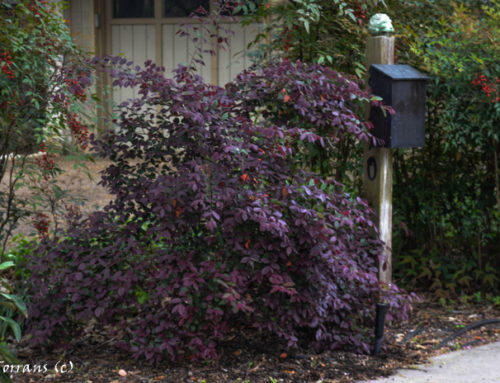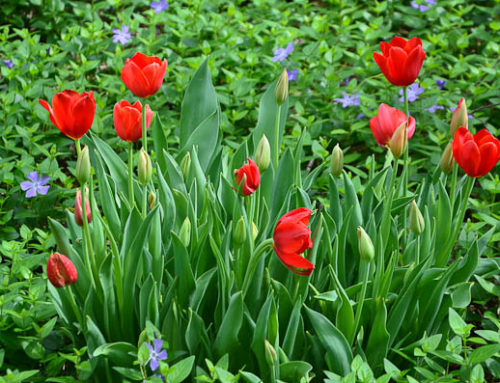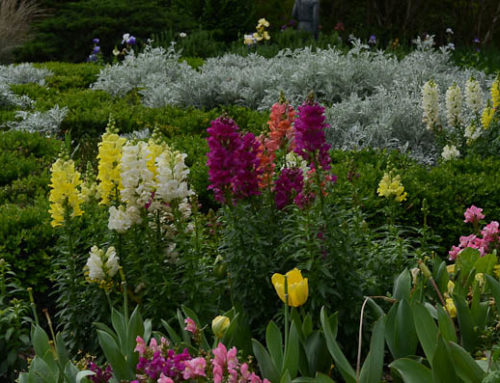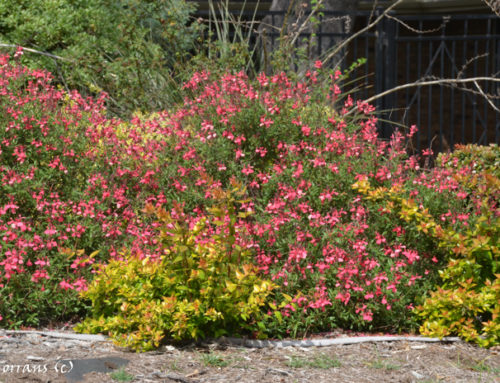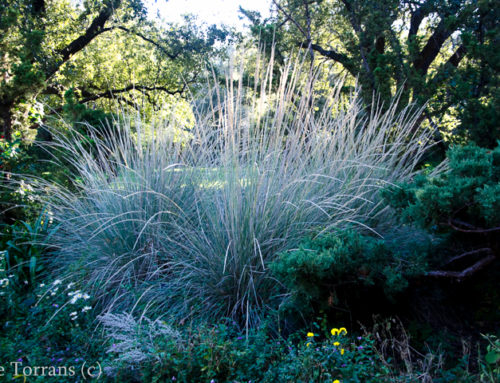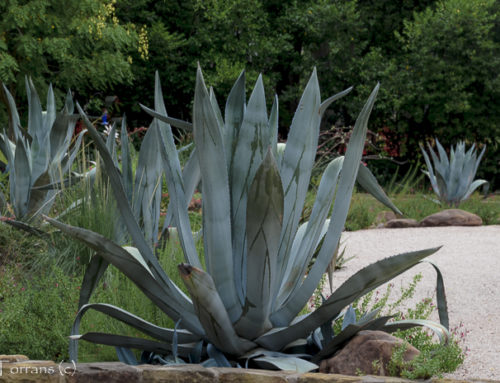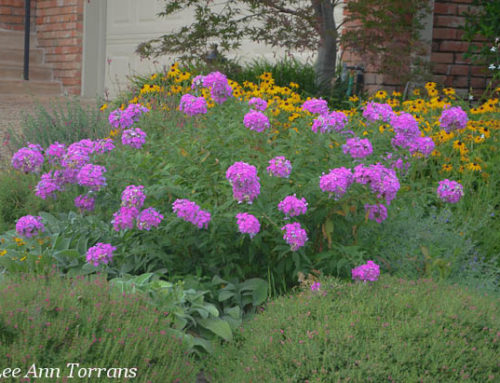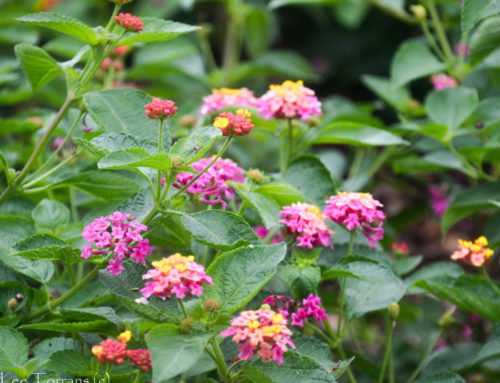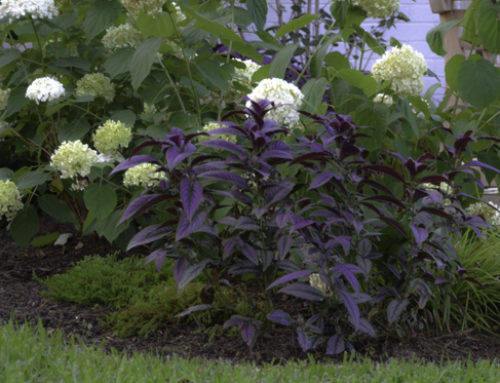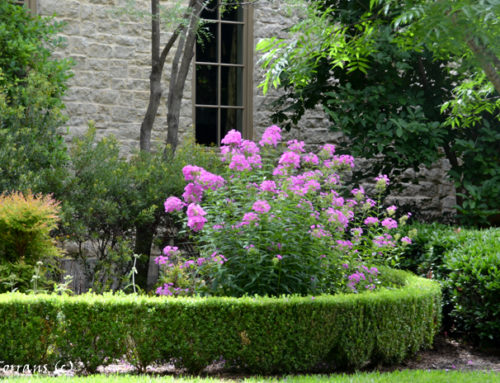Ferns are Happy in Texas!! |
|||||
| Ferns are perennials and provide incredible texture and contrasting color to a garden. Ferns are found in all parts of Texas, even naturally in Big Bend. Ferns are in fact, a native Texas plant.
Ferns are deciduous but do not fret that they are deciduous and die back in the winter – you are not in the garden in the winter and when they return it is such a joy! |
|||||
 |
|||||
| Incredibly beautiful ostrich fern. | |||||
 Holly fern in the Texas landscape design |
|||||
 Wood fern forest in Texas |
|||||
 Wood fern with a smattering of lilies and cast iron plant (aspidistra). |
|||||
| Artillery fern. These grow from little white bulblets. They do not return each spring but you can dig up the bulblets (just as you would a caladium bulb) and replant them. At least in my experience. Someone reported to me theirs return each year! Hmmmm .. so not sure. Ask at your nursery unless it’s Walmart or Lowes, their advice is questionable in my experience. | |||||
 Foxtail Aspargus fern  Foxtail Aspargus fern |
|||||
| Rock fern nestled in the rocks. | |||||
 |
|||||
| Wood fern nestled under an oak with purple shamrock, azaleas and hydrangeas. They all like the same soil and sunlight. | |||||
Gardening with Ferns |
|||||
 Ferns in open beds such as this one are filled with two things, water retention pellets in the soil amended with organic matter and soaker hoses! |
|||||
| Wood fern in full sun! In Texas! Not sure how this is possible. Clearly there has been significant soil amendment with water retention particles, organic matter and a bit of sand? Typically ferns are best located in partial shade. | |||||
 Ferns in open beds such as this one are filled with two things, water retention pellets in the soil amended with organic matter and soaker hoses! |
|||||
| Beautiful wood fern nestled in in ivy bed above. | |||||
 Texas perennial. Wood fern can become invasive! So have a plan. |
|||||
|
|||||
Water Retaining Pellets for Fern Gardening |
|||||
| Water is the sine qua non of effective fern gardening. Water retention pellets and crystals are a cost effective solution to keeping your ferns hydrated. | |||||
|
|||||
 |
|||||
| Word fern above is planted with perennials, Persian Shield and Purple Shamrock not to mentions the lovely purple Japanese Maple and variegated Pittosporum. | |||||
| Read more about varigated pittosporum here … | |||||
| Like all perennials, baby your ferns for the first two years while they establish a strong root structure. These are tough little plants when placed in a nurturing environment and established. In fact, some consider them invasive. | |||||
 Purple Shamrock with holly fern. A popular combination. Holly ferns are a bit hardier than wood ferns but less prolific in terms of spreading. |
|||||
|
|
|||||
| Read more about purple shamrock here … | |||||
 |
|||||
| Christmas ferns with dwarf nandina, purple shamrock and asian jasmine ground cover. |
 |
|
| Ferns with purple shamrock, spreading yew and Japanese Maple. Seeing a trend!?! | |
| Read more about yew family of shrubs here … | |
 |
|
 Agapanthus, boxwoods, caladiums and ferns. After the agapanthus stops blooming the leaves are still lovely! |
|
 Japanese Yew hedge with Agapanthus after bloom period. There are no ferns in this image but I thought it might be helpful to see mature and established Agapanthus! |
|
Ferns are native to Texas! They are found naturally even in the driest areas of Big Bend.Ferns that do well in Texas are:
|
|
 |
|
Again you see ferns planted with yews and caladiums above. |
|
Australian Sword Fern in Traditional Fern Urn |
|

Container Gardening with ferns. The Emerald Queen from Australia is a big favorite for fern urns. |
|

|
|
 |
|
| Traditional fern urn with Australian Sword fern. | |
 |
|
 Classic fern urn demonstrating the “Rule of THree” with ferns as the upward plant, sweet potato vine is the middles plant and variegated ivy is the draping plant … well sweet potato vine works both world, middle and draping. Sweet potato vines are so aggressive they will overtake this planting if not cut back, way back. Black sweet potato vine is less aggressive. |
|
Boston Fern |
|

Boston fern on delicate white stand. |
|
| Container assortment includes Boston fern. NASA’s Clean Air Study reports Boston Fern not only removes toxic formaldehyde (a carcinogenic air pollutant emitted by every day household products) better than any other plant. It also removes xylene and toluene. See the report here: https://archive.org/details/nasa_techdoc_19930072988 | |
 Turquoise Fern Urn Thick broad ferns perfect accent for blue urns that give new meaning to fern urns. |
|
| |
Maindenhair Ferns |
The Maidenhair fern brings more than green to your garden. The wonderful rust color provides exciting contrast to the often chartreuse color of the Maidenhair fern. |
 |
| This beautiful greenhouse mix of ferns can be transplanted to your garden. |
 |
 Fern Greenhouse |
 Fern Greenhouse |
Ferns in Texas |
| Ferns in Texas do well if they are kept watered in drought season, July through September. Many ferns are natural and indigenous to Texas and even found growing in the wild in Big Bend.
Consider amending your soil with both organic matter and water retention particles. Ferns require shade and water and come back each year. They are lovely planted in beds of shaded vinca major, with hostas or elephant ears. These are classic combinations that are both pleasing to the eye and work well in similar environments. |
 Clearly the soils for the full sun wood ferns had had soil amendment to include organic matter and water retention particles. |
|
|
Below is a shade perennial garden including Wood Fern |
|
|
 Large Ostrich fern or sometimes called “Macho Fern” lines this bed. |
The best pH for your soil is pH 5.5 to pH 6.5. A good soil mix is the best predictor of success with ferns. |
 Rich and Moist Soil: Ferns require a rich, well-drained, moist soil. Mulch with rotted leaves. Just sweep them up in the fall, let them rot and mulch your ferns! Rich and Moist Soil: Ferns require a rich, well-drained, moist soil. Mulch with rotted leaves. Just sweep them up in the fall, let them rot and mulch your ferns!
Ferns spread by underground rhizomes, some more aggressively than others. Generally, ferns need very little fertilizer, potted ferns are the exception – fertilize them with a good liquid fertilizer once a month. |
Maidenhair Fern |
| Southern maidenhair fern (Adiantum capillus-veneris) — Black stems set off round chartreuse leaflets.Maidenhead ferns do well in Texas because the like limestone and alkaline soils and is ideal on the edges of ponds. Keep shaded and moist it is deciduous; 1-2’. |
Fountains and Ferns |
| Fountains and ferns are a natural combination. Here are my suggestions. |
|
|
Fern Garden in Highland Park |
| If you live in Dallas and want to see these ferns thriving go to the fern garden in Highland Park for a lovely evening walk. See information here at the Highland Park website on Flippen Park: http://www.hptx.org/index.aspx?NID=737 . This is a lovely strolling area for the evening. |

Maidenhair fern in Highland Park Fern Garden. |
 Maidenhair fern in Highland Park Fern Garden. |
 Ostrich fern at Fern Garden Flippen Park: Highland Park, Texas  Maidenhair fern at Fern Garden Flippen Park: Highland Park, Texas  Flippen Park in Highland Park. Fern Garden shares this information about their fern garden: “Soil Amendments – To make the soil the most effective, we added organic material to the existing soil. This organic material consisted of part AquaSmart, which is a super-absorbent polymer-coated sand product that is available in the form of a straight additive for increased moisture retention and growth of plants, flowers, trees, and grass/turf with water savings estimated at up to 60%; part expanded shell and part compost material.”
|
 Highland Park Fern Garden. |
 Highland Park Fern Garden.
|
 Highland Park Fern Garden. |
 Highland Park Fern Garden. |
Holly Fern – Aspidistra – Yew |
 |
| Holly fern above nestled in with spreading yew shrubs and aspidistra. |
Hydrangeas with Wood Fern |
| Shade gardening with Red Bud, Hydrangea and Wood Ferns. |
 |
| River Fern or Wood Fern. Thelypteris kunthii (Desv.) Morton Wood fern, River fern, Southern shield fern, Kunth’s maiden fern, Normal shield fern.It is important to know that River Fern comes in a dwarf variety if you have limited space growing only 12 to 24 inches tall, which places it in the height category of the Christmas Fern and the Japanese Sword Fern. |
|
You will quickly recognized the lime to medium green colors, the arching nature of the fronds showing at intervals along the rhizome. The foliage is crisply cut and tapering. The fern will bronze in the fall to complete the autumn colors. This is a shade garden plant that complements a water garden habitat. |
|
Propagation: Easy, easy, easy. Spreading types are easily propagated by division in early spring just as the new growth begins to show. Some ferns are invasive while others are slow growing and clump-forming. The common wood fern below is easy to grow and always returns. |
| Holly Fern with Japanese Maple and Oak Leaf Hydrangea in the background |
 |
Lachman Hosta (True) Love Story |
| A new fern garden! The hosta Lacy Bell which is a Lachman Hosta with creamy-white margins. |
| I love the Lachman Hostas — or maybe I just love their story. Two horticulturalists who lived in Amherst, Mass. married and began hybridizing Hostas in the 1970’s. Some of the best variegated hostas come from their work: William and Eleanor Lachman.
What a sweet life. Read about them here. |
 |
Wood Fern |
| Traditional wood fern when located in a happy location can become invasive. |
| You can see the ferns below under the Nandinas. If you find yourself in a shade garden situation, and this happens with the growth of trees, employ texture rather than color. The Fairy is the blooming rose and Rosemary is on the left.
This is an incredibly hardy Texas garden filled with plants that thrive in Texas, and that’s the goal right? A successful, creative, attractive garden. |
 |
Japanese Sword Fern |
| This was the 2004 Perennial Plant of the Year. It is hardy but very low growing rarely getting over 18 inches tall. This is why most images are from the top down. Its silvery grey fronds have dashes of purple and red. It’s a slow grower and prefers evenly moist soil. That’s asparagus fern in the lower left coming up very late and the last of the ferns to pop up. |
 |
 |
Emerald Queen – Australian Sword Fern |
|
Australian Sword Fern (Nephrolepis obliterata), also known as Emerald Queen, is a very attractive plant with sword-shaped leaves that remain sturdy in windy areas. It grows vigorously and is a tough and adaptable plant. It seems to have no problem taking the heat in Texas (or presumably, Australia!). Its upright and dark green fronds make it perfect for interior planters or large pots. This plant was introduced in the heyday of foliage plants by several companies as Australian Sword or Kimberly Queen. |
“Macho Ferns” below |
 Ostrich fern in bed and sword fern in urn. |
 Ostrich fern in bed and sword fern in urn. |
Ostrich Fern |
 |
| The jumbo Ostrich Fern (Matteuccia struthiopteris) – ’The King’ – is an invasive spreader – beware and/or enjoy! When well-watered, the height of this fern can approach seven feet. The fronds turn a golden yellow in autumn.
Underground runners “run” out forming surrounding colonies making this very useful for a quick cover. The fiddleheads are used in of gourmet restaurants: in fact, it’s the state vegetable of Vermont! The Ostrich Fern won the Royal Horticultural Society’s Award of Garden Merit. The fern normally prefers northern climates, but this selection will do well in the southeast as well. Zones 2 and higher. |
Boston Fern |
| Christmas Fern with Purple Shamrock |
 |
| The Christmas Fern (Polystichum acrostichoides) continues to be evergreen even at Christmas time.This is an adaptable species that will grow in almost any situation – shady, rich or poor soil, rubble or compost etc. – but surprisingly, it does not thrive west of the Rockies. This is a low growing fern (like the Japanese Sword Fern). The plant height varies from 1 to 2 feet, and will gradually colonize an area even in poor soil. |
Mahonia and Japanese Holly Ferns – Classic Combination |
 |
| Nandina Planted in the background behind the holly fern for a more traditional look. |
 |
| Ferns and Mahonias are fast friends because they like the same growing conditions! Did you know Mahonias were cousins to Nandinas? |
| Wonderful combination of Holly Fern, Banana Trees, Mahonia and Coral Bells. |
 |
 |
| Tender new growth in late March of the Japanese Holly Ferns. Because its leaves are sturdy and thick this will be one of the first ferns to pop up after a dark winter. |
Mahonia and Ferns |
| Mahonia is really a shrub but it works well with this group. Mahonia and leather leaf fern are the classic combination. |
   |
Elephant Ear with Pansies and Ferns |
 |
| Elephant ears return each year and are a wonderful complement to ferns. |
Hostas are a great complement to ferns. |
 |
Wood Fern with spreading Yew
Wood Fern
Hostas are a Natural with Ferns

Hydrangeas and ferns appreciate the same growing environment and work well together.

